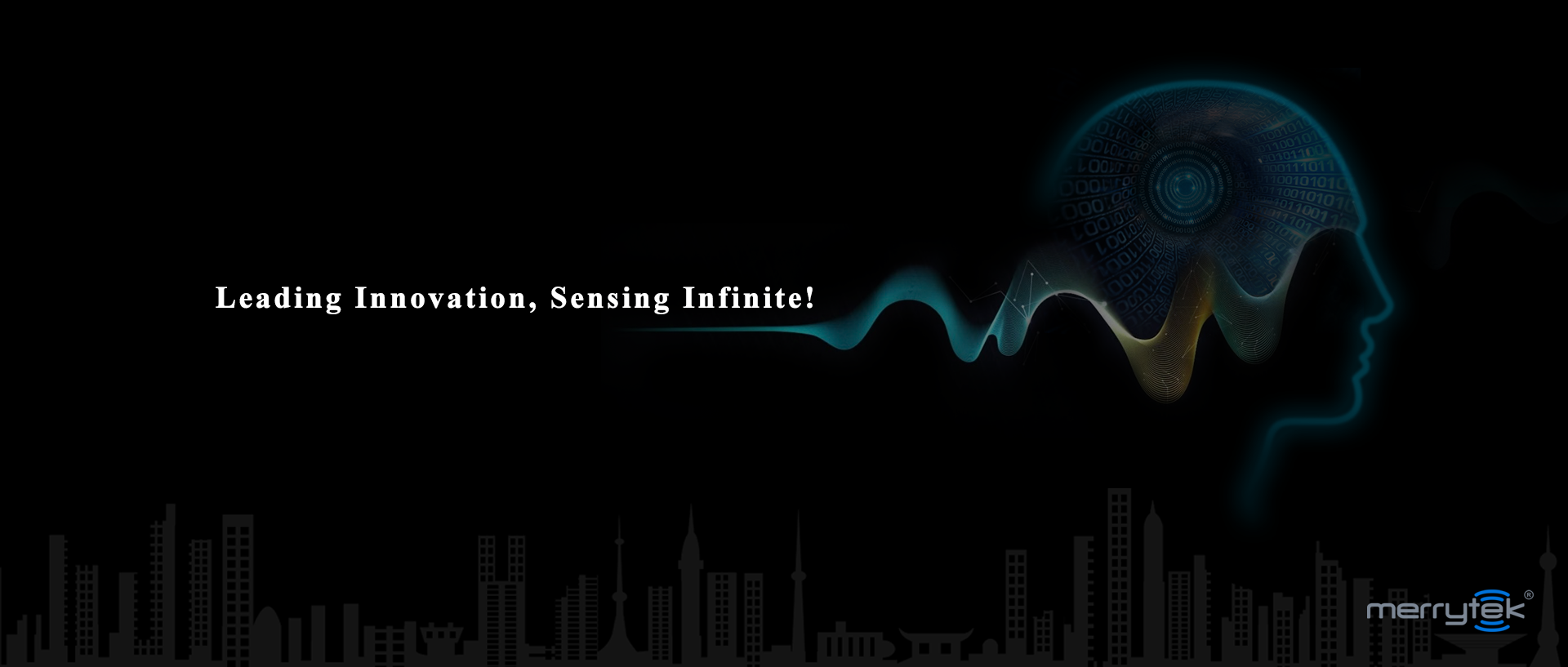Introduction to Microwave Sensors
Welcome to the era of connectivity and smart technology! Our world is becoming increasingly interconnected, with devices and systems seamlessly communicating with each other to enhance our everyday lives. And at the heart of this digital revolution lies a powerful technology that is unlocking new possibilities: microwave sensors.
Yes, you read that right – microwave sensors are not just for heating up your leftovers or popping popcorn. These ingenious devices have found their way into a wide range of applications, from smart homes to healthcare, thanks to their incredible capabilities and versatility.
In this blog post, we will delve into the fascinating world of microwave sensors. We'll explore how they work, discuss their numerous advantages in smart technology, uncover their diverse applications across different industries, and even peek into future innovations that promise to take this technology to greater heights.
So buckle up as we journey through the realms of microwave sensor technology – get ready to be amazed by its potential and discover how it's shaping our connected world like never before!
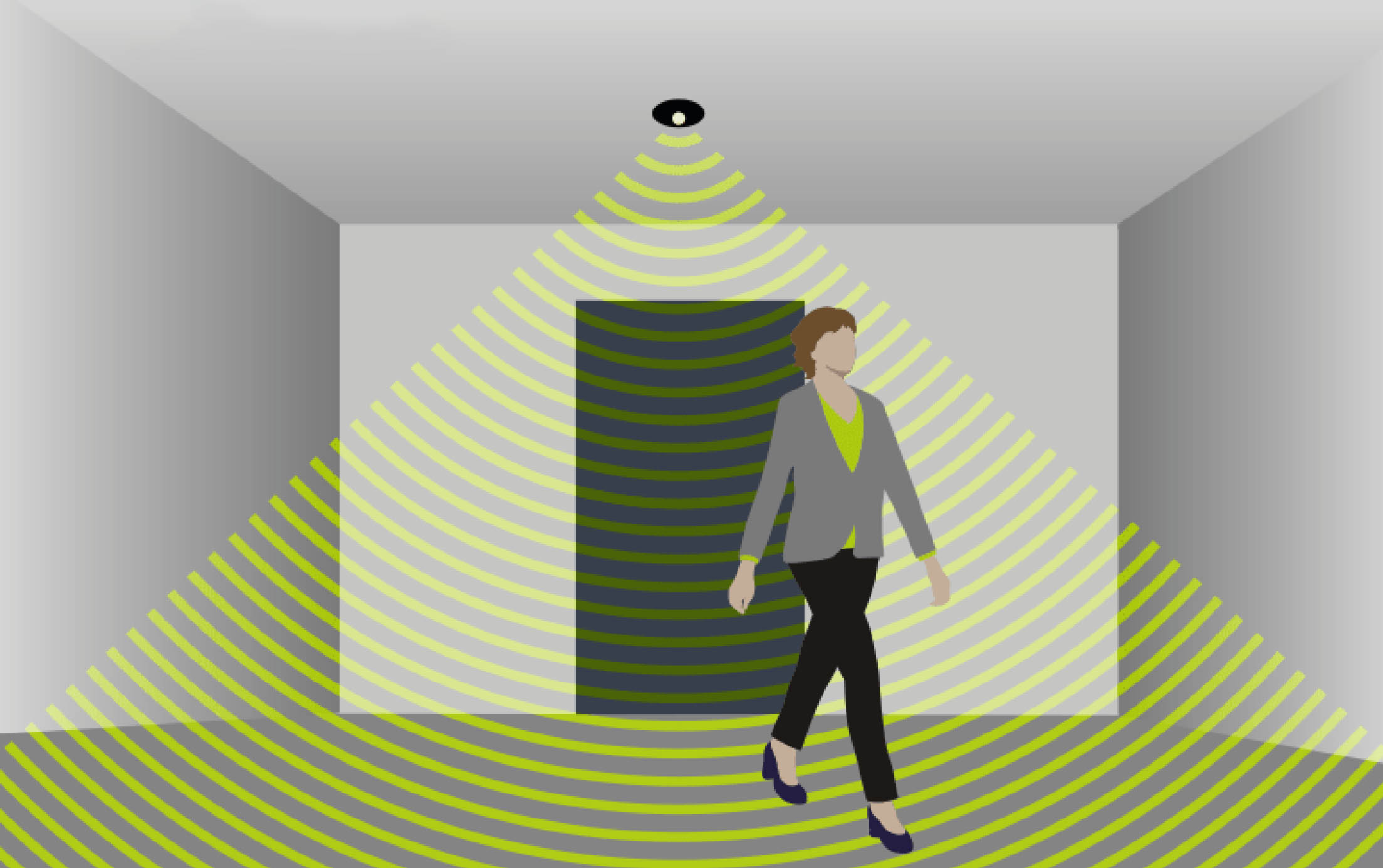
How Microwave Sensors Work
Microwave sensors are fascinating pieces of technology that have revolutionized the way we interact with our surroundings. These sensors work on the principle of sending out microwave signals and then analyzing how they bounce back to gather information about the environment.
The process begins with a microwave transmitter, which emits high-frequency electromagnetic waves into the surrounding area. These waves travel through space until they encounter an object or surface. When this happens, some of the energy is absorbed by the object, while some is reflected back towards the sensor.
The microwave sensor then receives these reflected signals and analyzes them to determine various properties of the object in question. By measuring factors like time delay, frequency shift, and amplitude change, it can accurately gauge distance, speed, motion patterns, and even detect objects' presence.
One key advantage of using microwave sensors is their ability to penetrate most materials without causing any damage or interference. Unlike other sensing technologies that rely on line-of-sight visibility or physical contact, microwaves can easily pass through walls and obstacles while still providing accurate data.
Moreover, microwave sensors offer excellent range capabilities and can cover large areas efficiently. They operate reliably in both indoor and outdoor environments regardless of lighting conditions or temperature variations.
In addition to their use in security systems for intrusion detection or perimeter monitoring applications, microwave sensors find extensive applications in smart homes as well. For instance, they enable automatic door opening/closing when someone approaches or departs from a building entrance without requiring any physical interaction.
Furthermore; such technology plays a crucial role in healthcare settings where it enables non-invasive patient monitoring (e.g., detecting falls), occupancy tracking for efficient resource management (e.g., hospital bed availability), and even vital sign measurements (e.g., respiration rate).
While there are numerous advantages to using microwave sensors in smart technology solutions across industries; certain challenges exist as well. One limitation lies in distinguishing between different types of objects based solely on their reflection characteristics since not all materials reflect microwave signals in the same way.
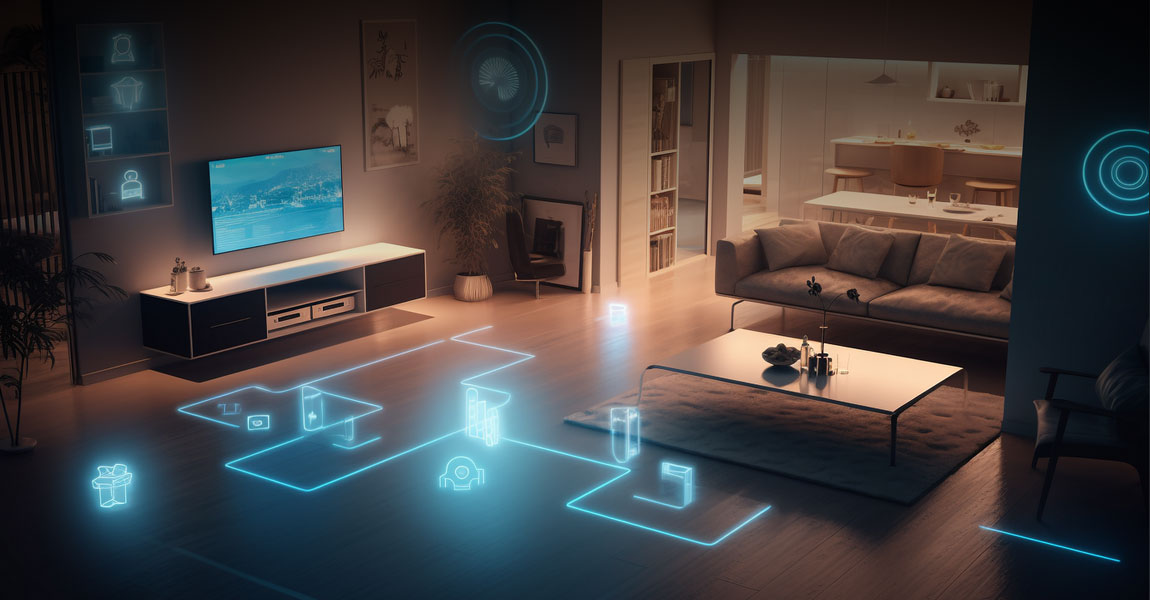
Advantages of Using Microwave Sensors in Smart Technology
Microwave sensors have revolutionized the world of smart technology, offering a wide range of advantages that make them an invaluable tool for creating connected and intelligent systems.
One of the key advantages of microwave sensors is their ability to work in various environmental conditions. Unlike traditional sensors that may be affected by factors like temperature or humidity, microwave sensors are highly reliable and can operate effectively in extreme weather conditions. This makes them ideal for outdoor applications such as security systems or automated lighting.
Additionally, microwave sensors offer a high level of accuracy and precision. These sensors emit low-power microwaves and analyze the signal reflected back to detect any changes in the environment. This allows for precise detection and measurement, enabling smart systems to respond quickly and accurately to different stimuli.
Another advantage is the non-contact nature of microwave sensor technology. Unlike other types of sensors that require physical contact with objects or individuals, microwave sensors can detect movement or presence without any direct interaction. This makes them ideal for applications where hygiene or safety is crucial, such as touchless faucets in public restrooms or automatic doors at hospitals.
Moreover, microwave sensor technology offers exceptional coverage area compared to other sensing technologies. With a wider range and larger field-of-view capabilities, these sensors can monitor large areas effectively without compromising on accuracy or reliability.
Furthermore, microwave sensor-based smart technology enables energy efficiency through its adaptive capabilities. For instance, lighting systems equipped with microwave motion detectors can automatically dim when no activity is detected in a room, saving energy without sacrificing comfort.
The advantages provided by using microwave sensors in smart technology are vast and diverse – from their ability to function reliably under various conditions to their accurate detection capabilities across large areas. Their non-contact nature also ensures increased safety and hygiene while promoting energy efficiency through adaptive functionalities.
Applications of Microwave Sensors: From Smart Homes to Healthcare
Microwave sensors have revolutionized the way we interact with and navigate our surroundings. These sophisticated devices are not only used in smart homes but also find extensive applications in healthcare settings.
In the realm of smart homes, microwave sensors play a key role in enhancing security systems. They can detect motion and presence accurately, allowing for efficient monitoring and surveillance. This ensures that homeowners can keep an eye on their property even when they're away, providing peace of mind and enhancing overall safety.
Moreover, microwave sensors are now being integrated into home automation systems. By detecting human gestures or movements, these sensors enable touchless control over various appliances such as lights, thermostats, and doors. Imagine walking into a room where the lights automatically turn on or opening your front door without needing to fumble for keys – all thanks to microwave sensor technology.
Beyond smart homes, microwave sensors are making significant contributions to healthcare facilities as well. In hospitals and clinics, these sensors are employed for patient monitoring purposes. They can accurately track vital signs such as heart rate and respiration rate without physical contact. Thus, patients can be monitored remotely while maintaining a safe distance from medical professionals during infectious disease outbreaks.
Additionally, microwave sensor technology is being utilized in fall detection devices for elderly individuals living independently at home. By constantly analyzing movement patterns within a specific area using microwaves' ability to penetrate objects like walls or furniture covers - these sensors detect falls promptly and send alerts to caregivers or emergency services if necessary.
The versatility of microwave sensor technology extends further into healthcare by aiding rehabilitation processes too. For instance, therapists use them to analyze gait patterns during physical therapy sessions after injuries or surgeries involving lower limbs. This allows personalized treatment plans based on accurate data captured by the sensors.
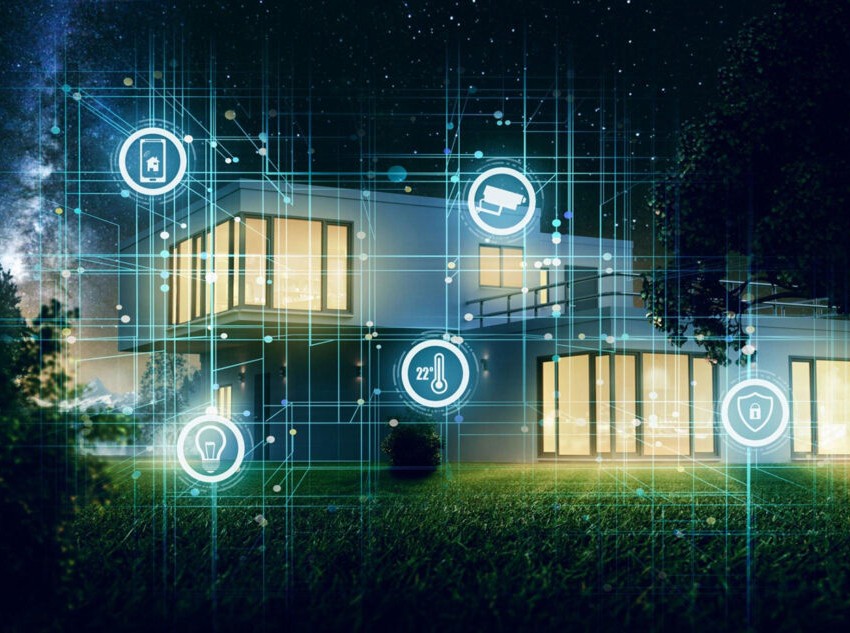
Challenges and Limitations of Microwave Sensor Technology
While microwave sensors offer numerous advantages in smart technology, there are also some challenges and limitations that need to be addressed. One of the major challenges is interference from other devices operating on similar frequencies. This can cause inaccuracies or false readings, impacting the overall reliability of the sensor.
Another limitation is the potential for obstructions to disrupt the signal transmission. Objects such as walls or furniture can attenuate or reflect microwave signals, leading to reduced performance or blind spots in coverage. Additionally, changes in environmental conditions like temperature and humidity may affect the accuracy of microwave sensors.
Moreover, privacy concerns arise due to the ability of microwave sensors to penetrate through certain materials. This raises questions regarding data security and individual privacy when these sensors are used in applications such as occupancy detection.
Furthermore, cost can be a limiting factor for widespread adoption of microwave sensor technology. The complex design and manufacturing process involved in creating high-quality sensors contribute to their higher price compared to other sensing technologies.
To overcome these challenges and limitations, ongoing research focuses on developing advanced algorithms that improve interference rejection capabilities while enhancing accuracy. There is also a need for standardization protocols to ensure compatibility between different sensor devices and minimize interference issues.
While microwave sensor technology offers significant benefits for smart applications, it faces certain challenges and limitations that must be addressed through continuous innovation and development efforts. By addressing these obstacles effectively, we can unlock even greater potential for this powerful sensing technology in our connected world.
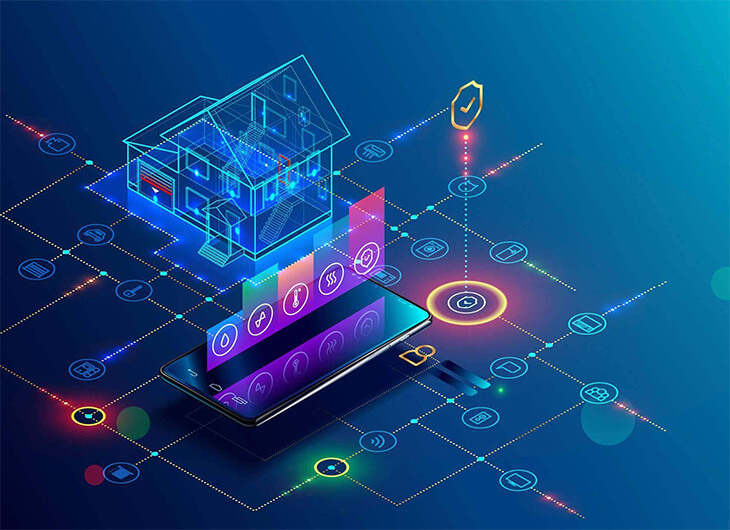
Future Innovations and Development in Microwave Sensor Technology
The future holds exciting possibilities for microwave sensor technology, with ongoing innovations and developments pushing the boundaries of what is possible. One area that shows promise is the integration of microwave sensors into wearable devices. Imagine a world where our smartwatches can monitor our health by detecting changes in body temperature or heart rate using microwave sensors. This could revolutionize healthcare by enabling early detection of illnesses and providing real-time data to medical professionals.
Another area of development is the use of microwave sensors in autonomous vehicles. By utilizing these sensors, cars can accurately detect objects and pedestrians even in challenging weather conditions such as fog or heavy rain. This will enhance safety on the roads and pave the way for fully self-driving vehicles.
Furthermore, researchers are exploring ways to miniaturize microwave sensors, making them more affordable and accessible for everyday use. This could lead to widespread adoption in various industries such as agriculture, manufacturing, and security.
Additionally, advancements in machine learning algorithms paired with microwave sensor technology have enabled sophisticated pattern recognition capabilities. These systems can differentiate between different types of movements or behaviors with high accuracy.
The future looks promising for microwave sensor technology as it continues to evolve and find new applications across various fields. With ongoing research and development efforts, we can expect even more exciting innovations that will shape a connected world powered by this smart technology!
Conclusion
Microwave sensors have revolutionized the way we interact with technology and the world around us. With their ability to detect movement, measure distances, and even monitor vital signs, these sensors are unlocking incredible possibilities in a connected world.
From smart homes that adapt to our presence and preferences, to healthcare systems that can remotely monitor patients' well-being, microwave sensors are enabling a new level of convenience, efficiency, and safety.
The advantages of using microwave sensors in smart technology are abundant. They offer non-contact detection capabilities with high accuracy and reliability. Their ability to penetrate various materials makes them suitable for a wide range of applications. Moreover, they operate in all weather conditions without being affected by factors like dust or temperature.
However, it is important to consider the challenges and limitations associated with microwave sensor technology. Interference from other devices may affect their performance, requiring careful placement and calibration. Additionally, privacy concerns must be addressed when implementing these technologies into sensitive environments such as healthcare facilities or residential areas.
Nevertheless, ongoing research and development continue to push the boundaries of microwave sensor technology forward. Innovations aim at improving precision measurement capabilities while reducing power consumption for enhanced sustainability.
As society becomes increasingly interconnected through the Internet of Things (IoT), microwave sensors will play an integral role in creating smarter environments that adapt seamlessly to our needs. Their potential application areas span across industries such as transportation systems, industrial automation processes,and security systems – truly making them indispensable components in our daily lives.
This advanced technology has made its mark on many aspects including health care sector,private houses,cars etc.
The future holds great promise for further breakthroughs in this field,and we eagerly anticipate what lies ahead as scientists continue pushing boundaries towards more innovative uses for this exciting tech!


